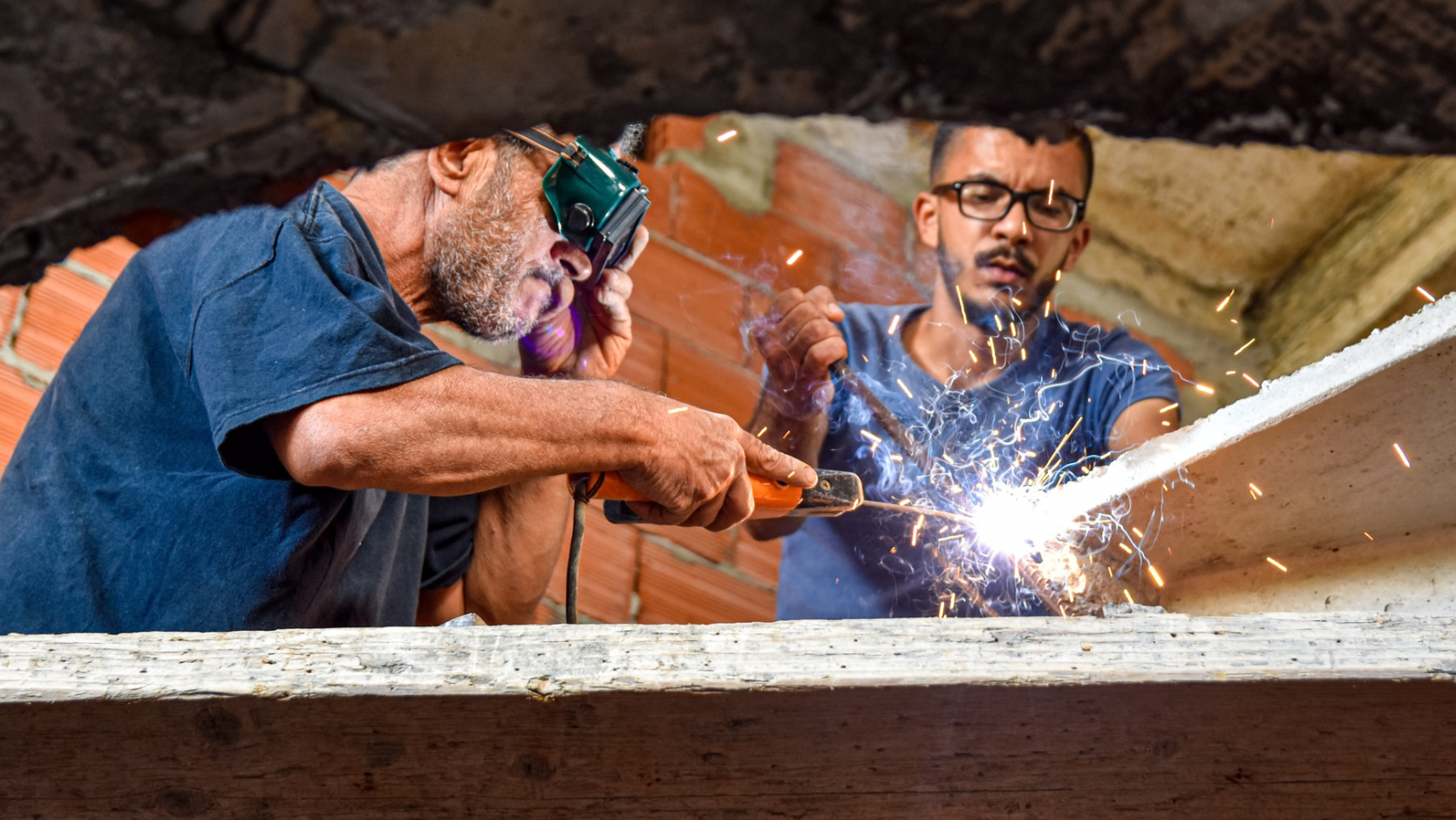Working out who has to pay for repairs on a property may not always be straightforward. There are legal obligations on both parties – the tenant and the landlord – regarding the upkeep and repair of a property. However, it can still sometimes be ambiguous.
Residential leases vs commercial leases
Responsibility for paying for repairs on a residential property is less complicated than on a commercial property. This because the Residential Tenancies Act is quite prescriptive, and the tenancy agreement specifies the type of lease to use and the repair obligations.
Who has to pay for repairs under a residential lease?
In general, in a residential property the tenant is responsible for minor maintenance on the property, such as changing light bulbs, general garden maintenance and house cleaning, as well as for fixing damage if they caused it.
Meanwhile landlords are generally responsible for “fair wear and tear”. This includes (but is not limited to) mould, gutters, scuffed wooden floors, wall cracks and water stains from plumbing problems or leaks. This is conditional on the damage being the result of a structural problem or general wear and tear, and not due to the tenant’s negligence in keeping the property clean and in good repair.
If a significant repair is required – which has arisen through no fault of the tenant – then it is up to the landlord to arrange and pay for the repair.
What if the repair required is urgent?
If the repair required is urgent and the tenant wants to fix it themselves or hire someone to do it, they should first seek permission from the landlord in writing. Examples of urgent repairs include a gas leak or serious storm damage.
Before proceeding with organising a repair, the tenant should ensure they have met certain conditions, including being able to show:
- They did not cause the fault or damage.
- They made a “reasonable” attempt to get in touch with the landlord.
- They provided the landlord with “reasonable” time to arrange the repairs.
- The repairs were completed by either a repair person named in the tenancy agreement, or by a qualified and licensed tradesperson.
The tenant should not pay more than $1000 for the repair, otherwise they risk not being reimbursed by the landlord. This is because the landlord is only obliged to pay for reasonable costs up to that amount.
If there is a dispute regarding repairs, or the landlord refuses to pay for repairs or to reimburse the tenant for the cost of them, the tenant can apply to the NSW Civil and Administrative Tribunal (NCAT).
Who has to repay for repairs under a commercial lease?
A commercial lease is a legally binding contract which provides the tenant with certain rights over a property for a defined period of time, subject to terms and conditions contained in the lease.
Under a commercial lease, the question of who has to pay for repairs can be more complex than under a residential lease, as obligations for repair are not standard in all commercial leases and therefore do not apply in every situation.
Unlike residential leases, commercial leases are not regulated by statute. Generally, the terms of a commercial lease are decided between the landlord and the tenant.
For the most part, it is the landlord that provides a commercial lease, so the terms are generally more in the landlord’s favour. These leases are covered by the Conveyancing Act.
Who is responsible – the tenant or the landlord?
Typically with a commercial lease, the tenant leases an empty site, then pays for the fitout.
A landlord will generally be responsible for structural problems that arise, such as cracks in a wall, major defects or a leak in the roof. The tenant, meanwhile, is often responsible for the rented premises, including walls, floors, fixtures and inclusions. The landlord requires the tenant to repair and maintain the premises during the term of the lease.
While fixtures like refrigeration and other equipment should be repaired by the landlord, if this is not specified in the lease, it could be disputed. Many leases do not specify who should be replacing equipment when it breaks or needs to be replaced.
In addition, problems often arise when major events such as a leaking roof or flooding cause damage to the equipment or fixtures in the property.
It is useful to consider the different scenarios that could arise, and who should be responsible for repairs and maintenance of the fixtures, fittings and any other equipment on the premises, as well as who should be responsible for repairs and maintenance of the premises themselves.
While many people opt to use standard leases, landlords – and their lawyers – will often try to add additional clauses concerning items such as air conditioning, grease traps, cold rooms and automatic door repairs and maintenance.
Who has to pay for repairs under a retail lease?
Retail shops are managed differently to other commercial premises. They are governed by a special statutory regime in the Retail Leases Act, and those leases are quite prescriptive in terms of who is obliged to pay for repairs. In this way they are more similar to residential leases.
The Retail Leases Act in NSW applies to a shop that is less than 1000 square metres in size, sells and supplies good and services, and is a retail business. The lease needs to be for more than six months and less than 25 years.
The types of businesses covered are listed in the Act, and may include art galleries, hairdressers, beauticians, bakeries and pharmacies, to name just a few.
The NSW Law Society has retail lease templates which are very clear, with the terms well set out. These can be purchased for a small fee and are a good option if you don’t wish to involve a lawyer, as you can be fairly confident you are protected as a tenant.
What should you consider when preparing or signing a lease?
If you are a tenant and about to sign a lease, make sure you have read the document in detail and are fully aware of your obligations. Once you have signed the lease, you are obliged to comply with its terms and conditions.
For landlords, it is important that you have thought of everything and included it in the lease from the outset. You need to ensure you have specified exactly what is your responsibility, and what is the tenant’s responsibility.
You want to be clear about responsibilities from the outset, to prevent having to negotiate later down the track when problems arise. This is particularly the case for commercial leases where you do not have statutory protection.
For more information please see the articles below.
Tenant rights, rental increases and property repairs
Data collection by landlords – what can they legally ask a tenant?















